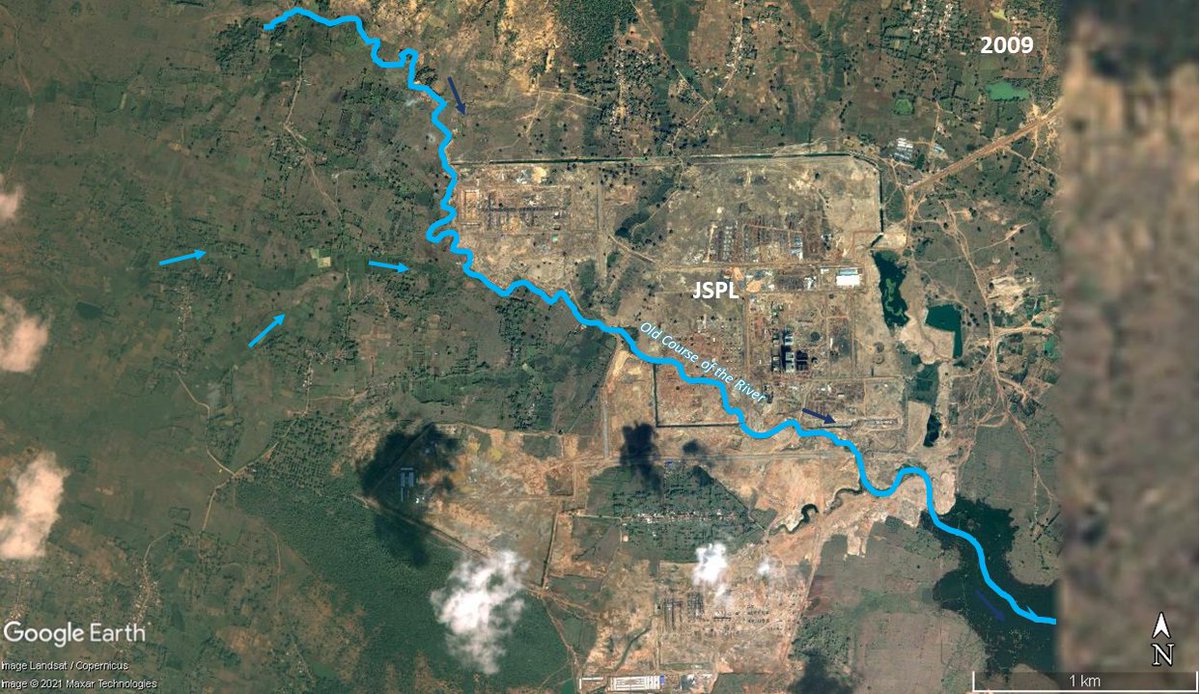
This is a bridge across the #Chambal river near Morena (on the Madhya Pradesh side of the river), massive sand mining operations are happening right below the bridge! So many bridges across India have collapsed because of this activity 

Mining site also seems to be part of National Chambal Wildlife Sanctuary as marked in this SOI toposheet submitted for environmental clearance for a bridge nearby 

The issue was highlighted by @Indian_Rivers
Check the images below
Check the images below
https://twitter.com/Indian_Rivers/status/1521024983157272577?s=20&t=CreSynFFvUUCqW-MdXLJYw
• • •
Missing some Tweet in this thread? You can try to
force a refresh


























